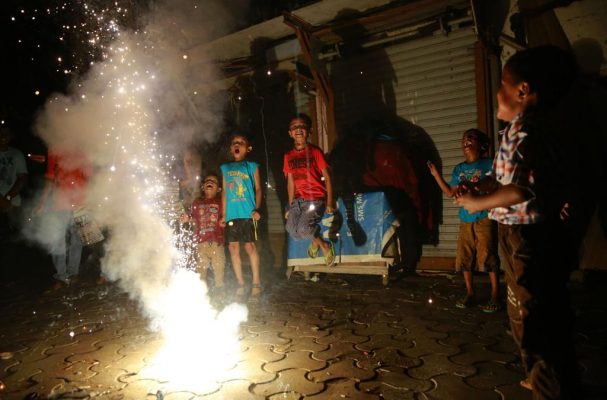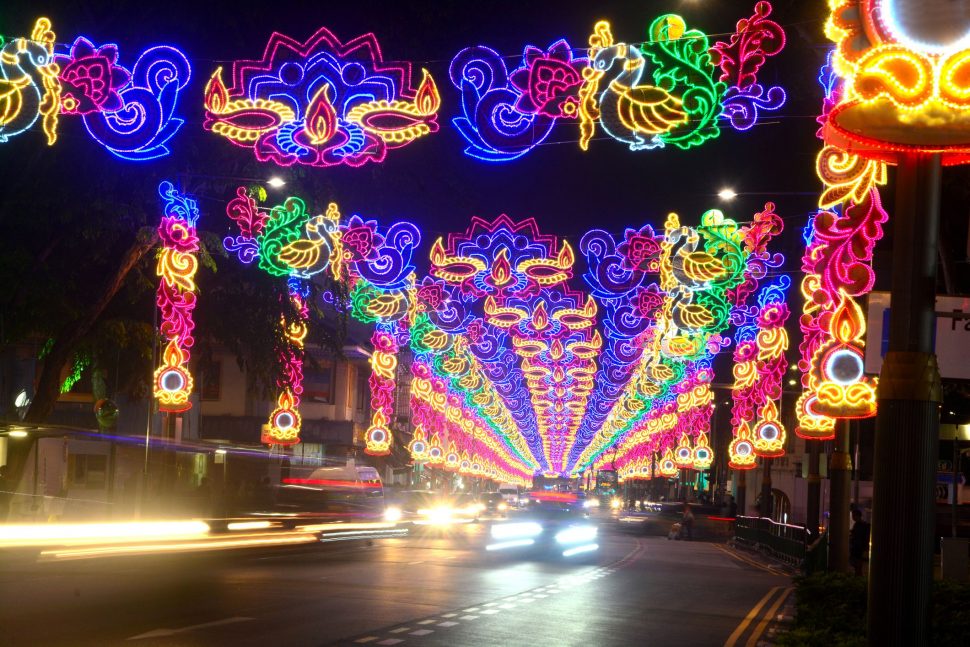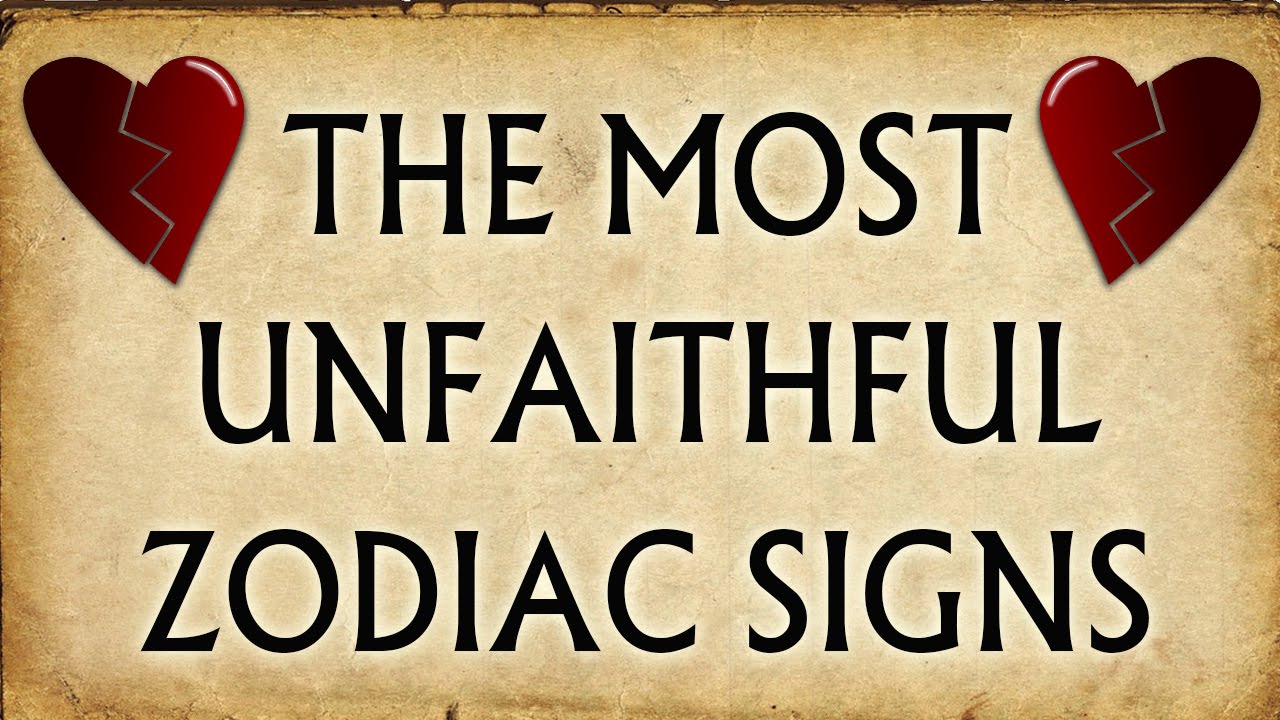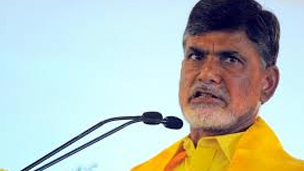In India, Diwali has always been known as the festival of lights. Over time the changes in celebrating Diwali have not remained the same. On this day of lights, Lakshmi Puja is with rituals as her day that will bring wealth and prosperity.
Celebration of lights was to celebrate joy and success which has overcome many changes blending technology and traditions.
Settlements of villages and towns
Traditional ways of celebrating Deepavali are still seen in villages and towns. Apart from performing rituals, the people lit clay pots filled with oil. The flames are lighted to burn the evil spirits and bring good vibes.
The entire house is lit up with clay pots, “Diyas”. In earlier days fairs were held, families visited in crowds and enjoyed the sweets, plays, and other activities with their families. This festival is celebrated in Jainism and Buddhism apart from Hinduism.
The entrances are beautified with the colorful rangoli designs. Also, the small temples of the lords are adorned with rangolis, prayers, and lits of diyas. Fireworks were less seen during ancient times.

Development of cities and eelebrating Diwali
Changes in Diwali festivals took place after the introduction of gunpowder in the 1500s during the ruling periods of the Mughals. Lights were no longer limited to the celebration, the crackers and other kinds of fireworks were added to celebrate Diwali.
So, along with the bringing of the lights and fireworks, it not only brought good times to the celebrations but an attractive profit to the economy. With the demand of the fireworks of the people in villages and cities, different creative fireworks were in use.
But as time passed by it was during the late 2000s the increase of pollution of sound and air led to discouraging of the fireworks. In Kota, Diwali is celebrated for four days adorned with lights or diyas and the burning of crackers. The extremities of burning crackers have given it the name of the Lanka of fireworks. While other parts of the country of India celebrate Diwali for one day to a maximum of two days. To stop the excessive spread of air and sound pollution the firecrackers have been banned.

Post pandemic Diwali
As people are looking forward to the changes and adapting to a pollution-free Diwali. The traditional way of celebrating the festival of light is still alive. The installation of LEd lights, design, and decorative lights have changed the beauty of the festivity. It has elevated the attraction and celebrations of Diwali. Apart from burning diyas on specific days the strings of LED lights, design lamps, and lanterns lits for weeks. Fire lanterns are also a part of burning lights and pushing away the evils from lives.
But after the beginning of the pandemic, Diwali celebrations have entirely seen a new era. When families are spending time together, having sweets. Houses are filled with lights, celebrating Diwali continues with wishes but through messages and over phone calls. Though people are saying “No” to Chinese products it has given a new scope for the Indians to develop their infrastructure. Especially when businesses and jobs are suffering after the lockdown.





